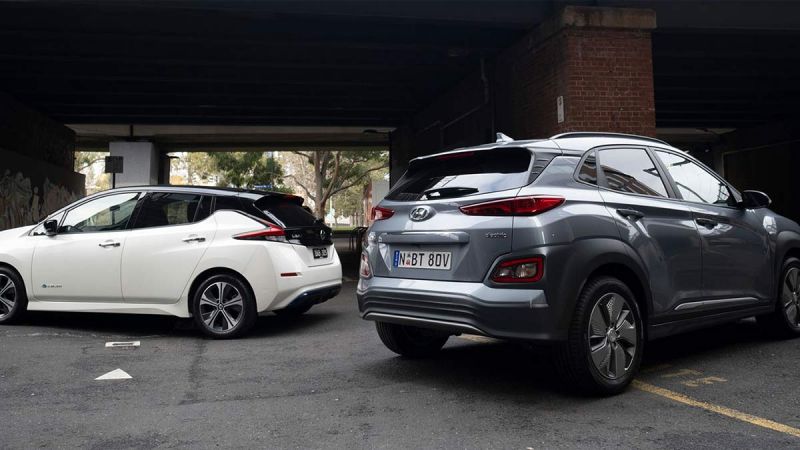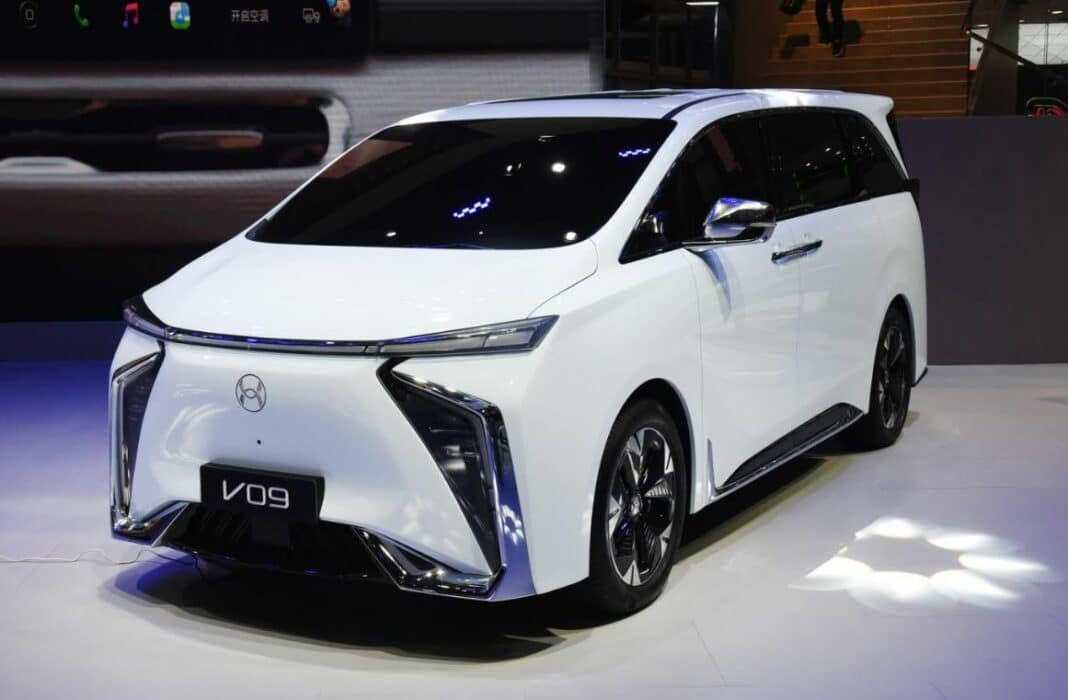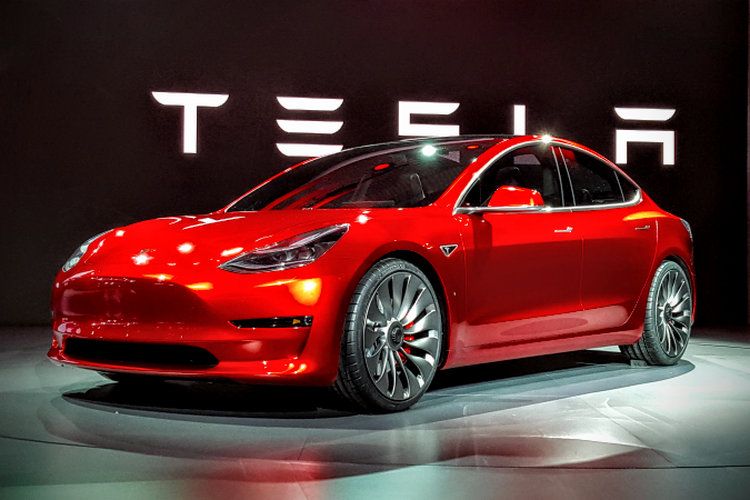The Nissan Leaf and the Hyundai Kona Electric are both electric vehicles (EVs) that offer an alternative to traditional gasoline-powered cars. Both vehicles have their own unique features and capabilities, and it can be difficult to decide which one is the best fit for you. Here is a comprehensive comparison of the two models to help you make an informed decision:
Range and Battery Size
One of the main differences between the Leaf and the Kona Electric is their range. The Leaf has a range of up to 149 miles on a single charge, while the Kona Electric has a range of up to 258 miles. This means that the Kona Electric can travel slightly further on a single charge than the Leaf, making it a better option for long distance travel. However, the Leaf’s range should be sufficient for most daily driving needs.
The Leaf has a 40 kWh battery pack, while the Kona Electric has a 64 kWh battery pack. This means that the Kona Electric’s battery is larger and can store more energy, allowing it to travel further on a single charge.
Performance
Both the Leaf and the Kona Electric have electric motors that deliver instant torque, resulting in quick acceleration. The Leaf has a 147 horsepower motor, while the Kona Electric has a 201 horsepower motor. This means that the Kona Electric is slightly more powerful and can accelerate faster than the Leaf.
Both cars have a smooth and quiet ride, and they handle well in corners. The Kona Electric has a slightly sportier driving feel due to its higher horsepower and torque.
Interior and Exterior
The Leaf and the Kona Electric have similar interior layouts, with a minimalist design and a focus on technology. Both cars have a touchscreen display for infotainment and controls, as well as Bluetooth connectivity and smartphone integration. The Leaf has a 7-inch display, while the Kona Electric has an 8-inch display. The Kona Electric’s display is slightly larger, which may make it easier to see and use.
In terms of exterior design, the Leaf has a more traditional car-like shape, while the Kona Electric has a more futuristic and sporty design. The Leaf has a more aerodynamic profile, which may help it achieve better range and fuel efficiency. The Kona Electric is slightly shorter and has a lower profile, which may give it a more agile and sporty appearance.
Safety
Both the Leaf and the Kona Electric have a good safety record and have received high ratings from the National Highway Traffic Safety Administration (NHTSA). Both cars come with automatic emergency braking as standard, which can help prevent or mitigate collisions. They also have a number of other advanced safety features available, such as lane departure warning, blind spot monitoring, and adaptive cruise control.
Price and Availability
The Leaf has a starting price of around $32,000, while the Kona Electric has a starting price of around $36,950. The Leaf is generally less expensive than the Kona Electric, but the Kona Electric’s longer range and higher horsepower may justify its higher price for some buyers. Both cars are widely available in the United States, but the Leaf may have a slightly wider distribution due to its longer history on the market.
Conclusion
The Nissan Leaf and the Hyundai Kona Electric are both excellent electric vehicles that offer a viable alternative to traditional gasoline-powered cars. The Leaf has a lower price and a slightly shorter range, but it is still a capable and practical car. The Kona Electric has a longer range and more horsepower, but it costs slightly more. Ultimately, the best choice for you will depend on your specific needs and preferences.







